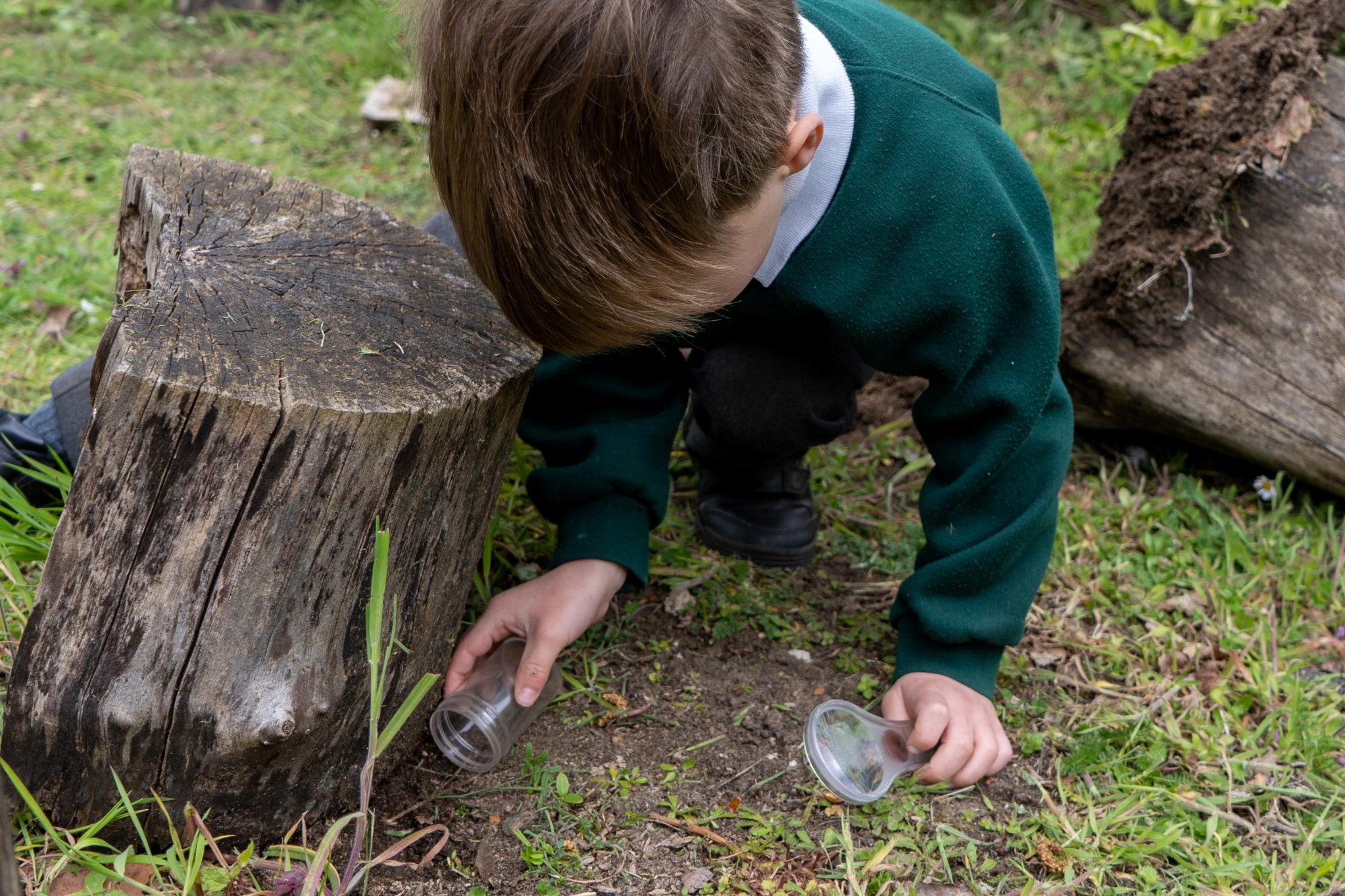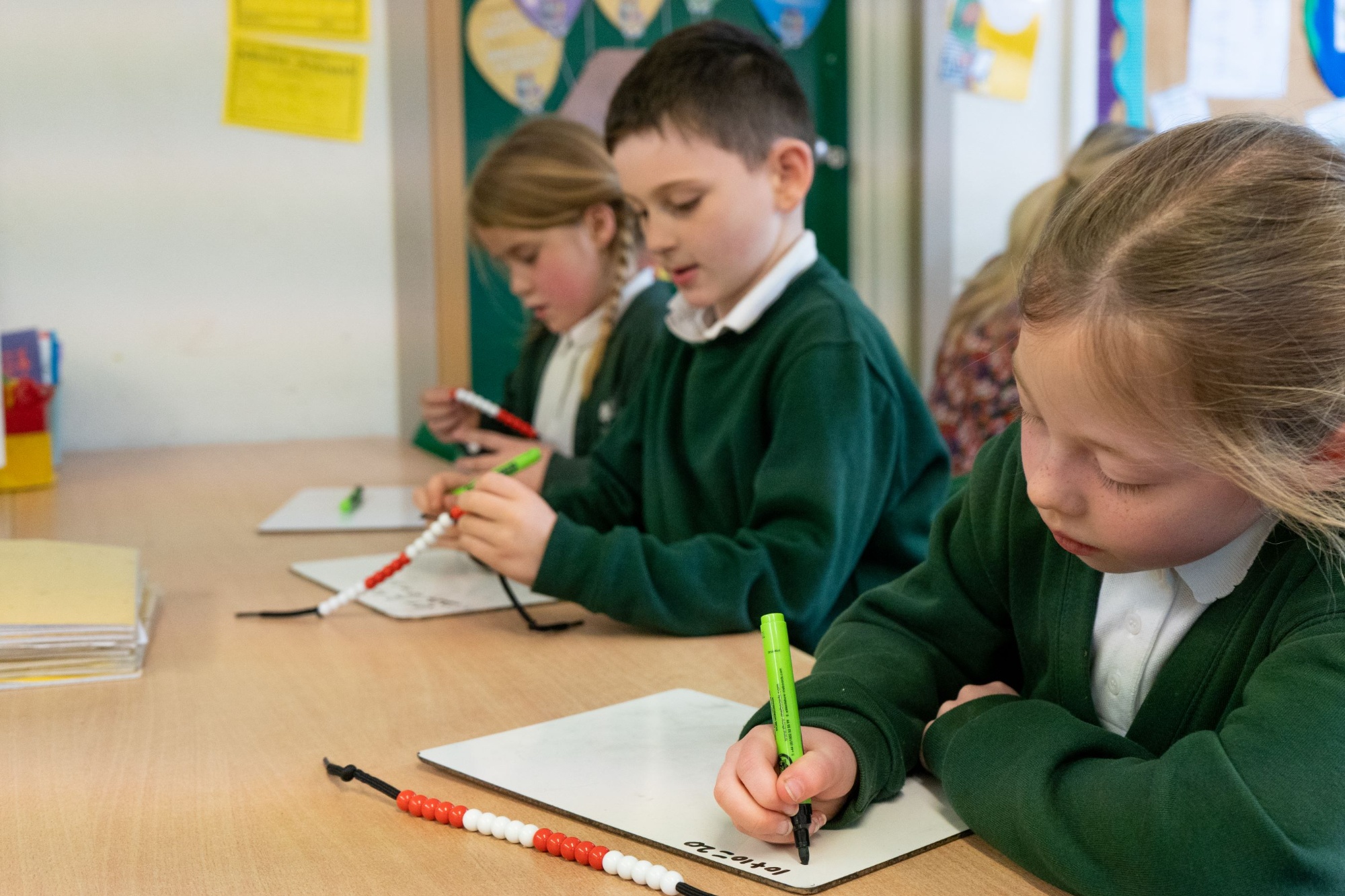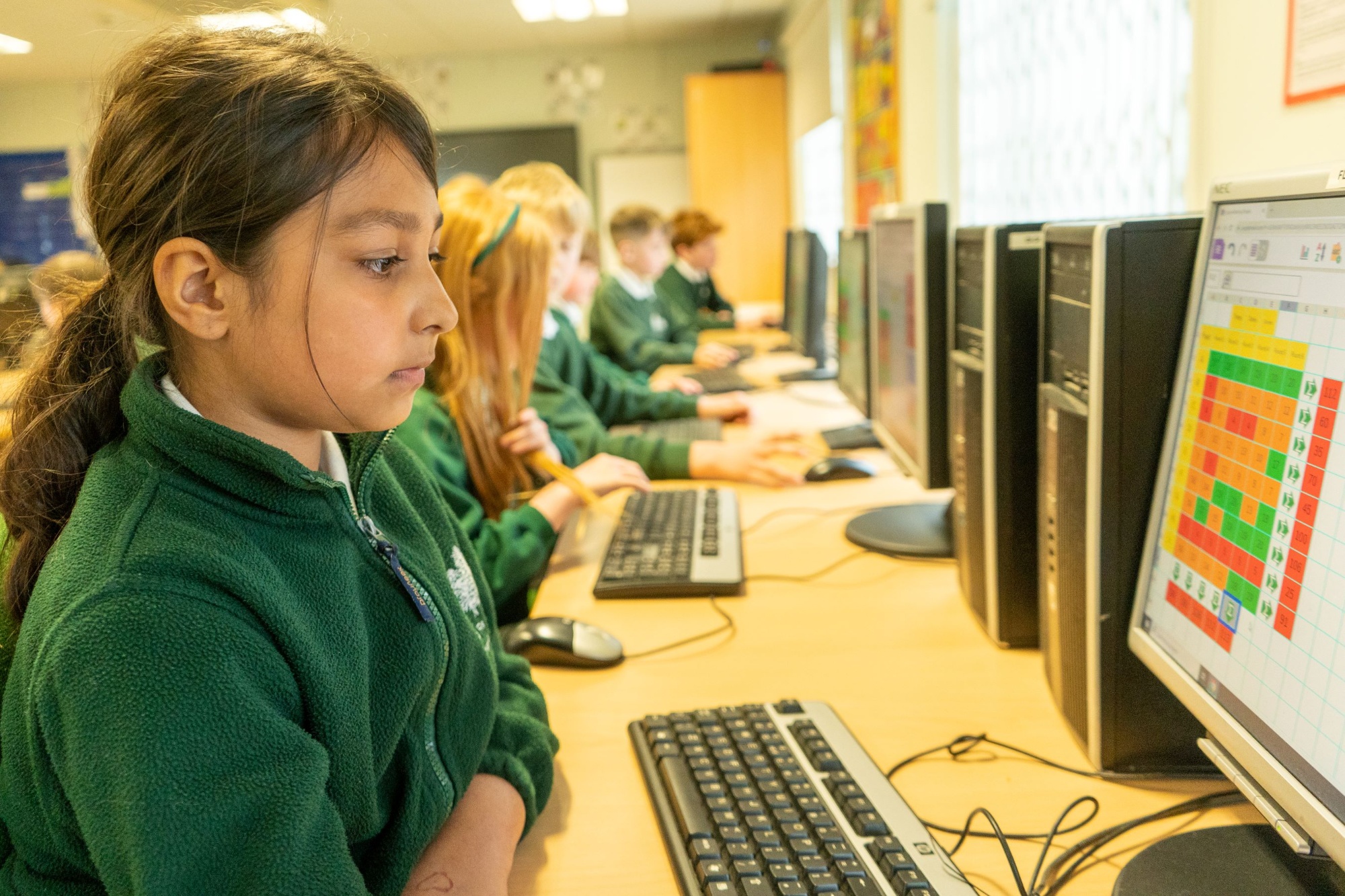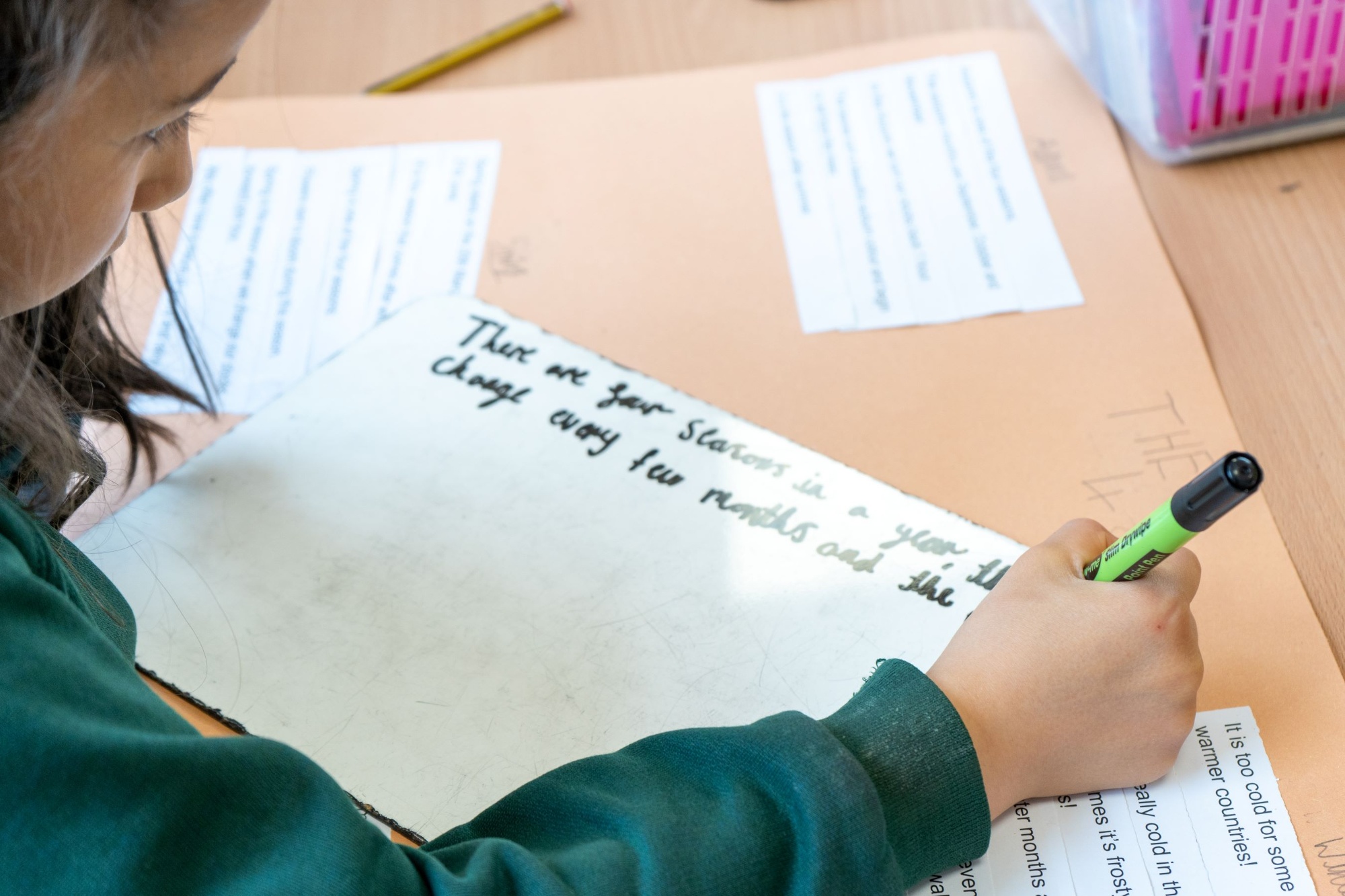MFL - French
Intent
Curriculum design at The Firs
In deciding on the intent behind the design of our curriculum it is our vision and values that are the starting point. See The Firs’ Curriculum Policy.
The key drivers behind the makeup of our curriculum are:
-
What we wanted to develop in a ‘Firs’ Mindset’ (which we defined as the values and approaches to life we wanted our children to live by and hold to).
-
The knowledge and skills we wished to develop in addition to those set out in the National Curriculum.
-
Any gaps in children’s knowledge, skills or awareness that we perceived, associated with the context of our local environment, location or general pupil characteristics.
-
Our understanding of what ‘Cultural Capital’ meant to us at The Firs and in each year group, how we could give children the chance to experience it.
All of the thinking behind these key drivers are set out in The Firs Scheme of Work.
We decided on an additional programme of learning, organised into a number of strands, that would complement the content from the National Curriculum. We have called these additional strands ‘The Firs’ Themes’.
The French Curriculum at The Firs
Languages education should foster children’s curiosity and deepen their understanding of the world.
At The Firs we are committed to ensuring that beginning to learn another language enables children to interpret, create and exchange meaning within and across cultures. It also helps children develop skills that will open further opportunities later in life.
Our main objectives in the teaching of a modern foreign language at a lower school is to promote the early development of linguistic competence and an understanding of other cultures. We believe that to accomplish this, we should help the children to do all of the following:
-
Foster an interest in learning another language;
-
Become aware that language has a structure, and that this structure differs from one language to another;
-
Begin to learn basic vocabulary
-
Begin to develop speaking and listening skills.
-
Gain enjoyment, pride and a sense of achievement;
-
Explore and apply strategies to improve language learning;
-
Explore the culture of the native speakers of the language.
As Ampthill is twinned with a French town (Nissan-lez-Enserune), French is the MFL we focus on at The Firs like the other schools in our area. With all the schools in the FARM (Firs, Alameda, Russell, Maulden) teaching French, it ensures a continuity of learning, with Alameda Middle School being able to build on the work done in the lower schools.
We aim to develop SMSC through our history curriculum by:
-
Spiritual: allowing pupils to see the similarities between people in this country and those in France. For example, in (Year 4)
-
Social: encouraging pupils to communicate with French children... For example, writing to French pen friends in Nissan-lez-Enserune. (Year 4)
-
Cultural: beginning to develop knowledge of and an appreciation of French culture… For example, learning about festivals, pastimes and French cultural landmarks (Year 3 and Year 4)
Implementation
-
This policy should be read in conjunction with the Firs’ Scheme of Work section on French, that sets out in detail what children in different year groups will be taught and the expectations at the end of each year.
-
Our school curriculum sets out the knowledge and skills that pupils will gain at each stage. It is clear what end points the curriculum is building towards each year and what children need to know and be able to do.
-
At The Firs, we use a variety of teaching and learning styles in our French lessons.
-
Our principal aim is to develop children’s knowledge, skills and understanding through an introduction to basic spoken French.
-
Children will have the opportunity to support their work with a variety of resources. We aim for a balance of ‘whole class’, group and independent learning.
-
During KS1 there may be an informal introduction to foreign languages through answering the register in different languages and through songs and games etc.
-
KS2 children are entitled to 1 hour of MFL teaching a week although this time is sometimes divided into smaller, more frequent slots. French is taught in KS2 through actions, songs, activities and role-play, where many of the following topics are covered: Introductions (hello), numbers, family, pets, parts of the body, animals, months of the year, clothing and hobbies etc.
-
We focus our teaching on the subject content outlined within the National Curriculum; Introductions, numbers, Colours, Classroom Instructions, French foods, Days of the week, Months of the year, Body parts, Animal names, weather, clothing, family members and pets These areas of learning are revisited throughout KS2 and pupils progressively build their skills and knowledge and vocabulary, for example,
-
Year 3 – children begin to learn a variety of key vocabulary and basic words used in instructions and in introductions and greetings.
-
Year 4 – Children continue to develop their basic vocabulary and begin to combine their knowledge of a variety of common words and phrases learned in Y3, to experiment with very simple conversational exchanges.
Impact
In order to measure the impact of the French curriculum, we use a range of formative and summative assessment in all lessons such as:
-
Questioning
-
Observations/learning walks/drop ins
-
Looking at children’s written work
-
Feedback from staff and children
-
Analysis of our assessment tool linked to Scheme of Work objectives/National Curriculum for each year
Assessment information is collected and analysed by the subject leader using the school French Assessment Template, as part of our monitoring of teaching and learning. This process provides us with an understanding of the quality of education in French as well as indicating areas for development.




